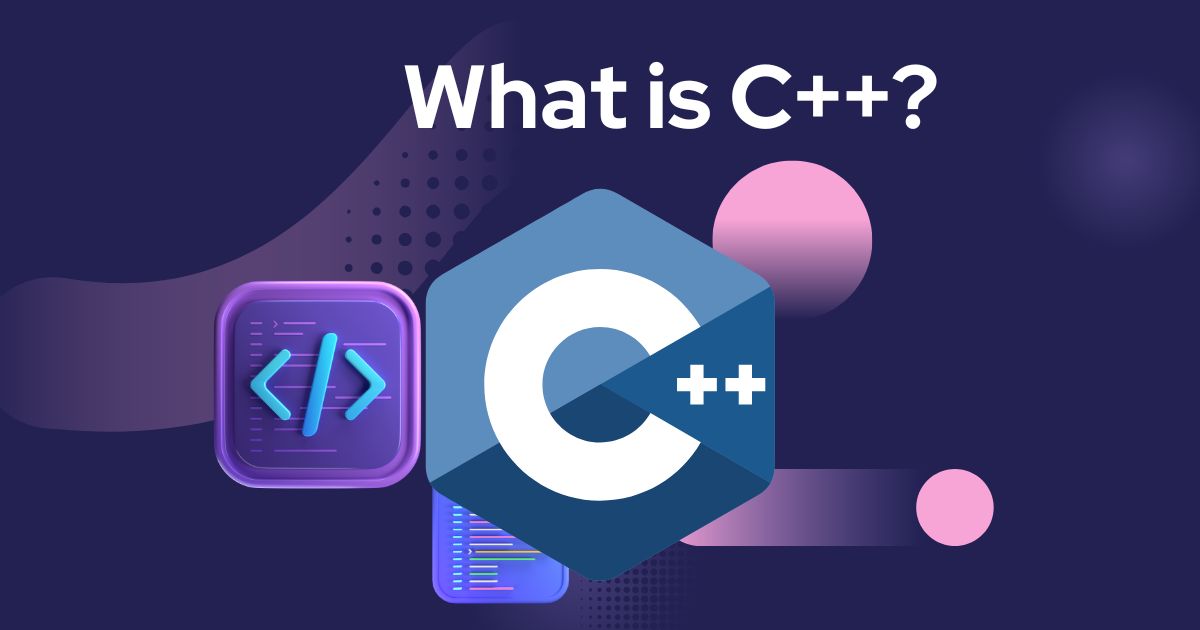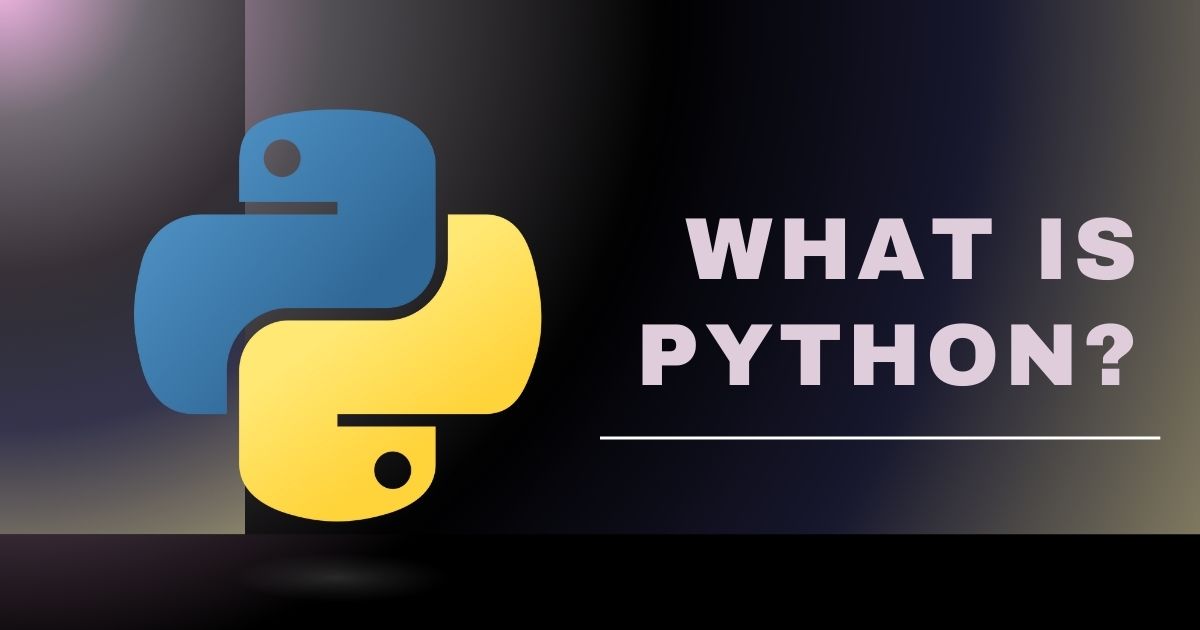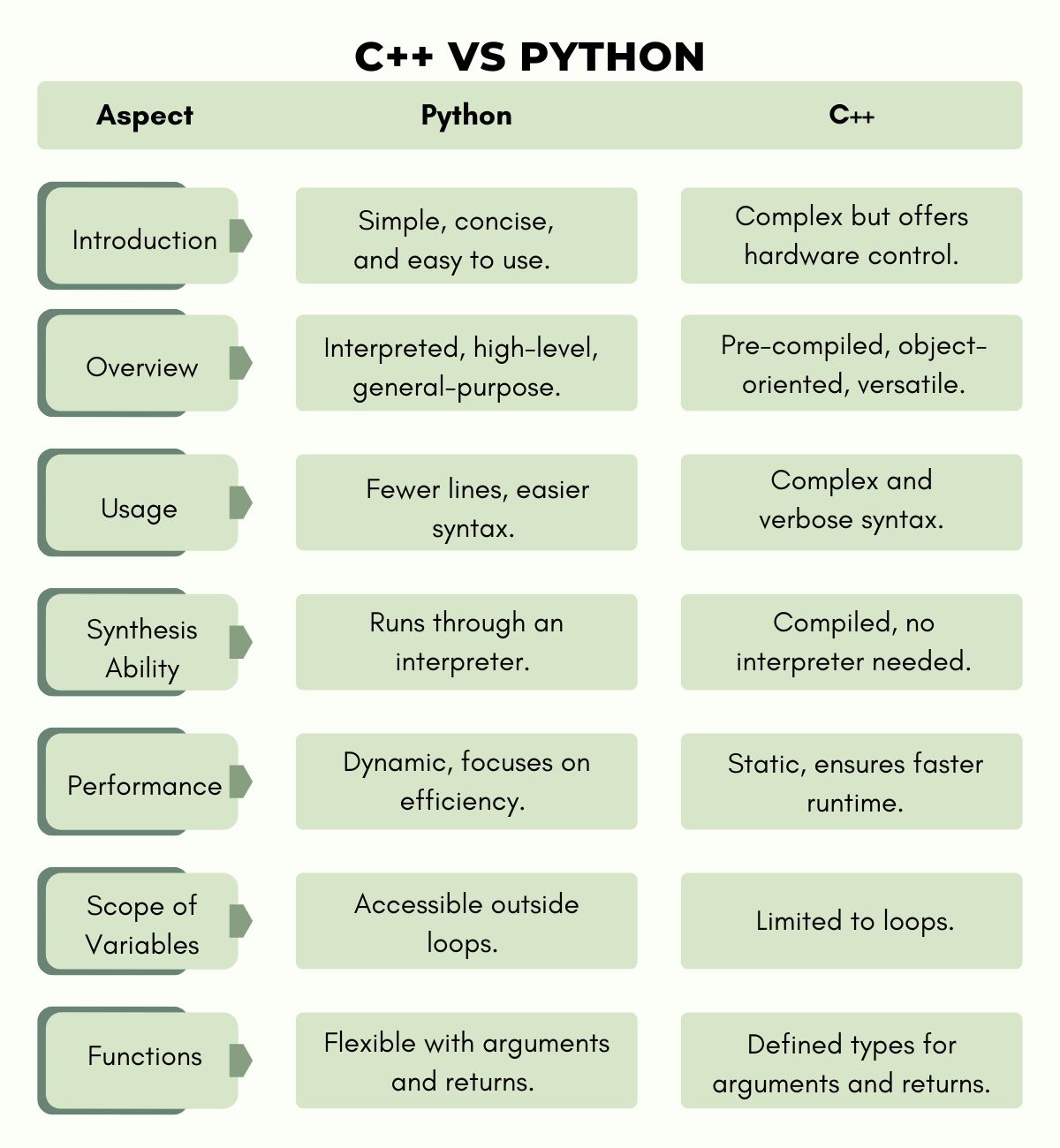C++ vs Python: What are the differences?
Python and C++ are two languages with different features, syntax, and target audience. Choosing between them often comes down to the specific needs of a project, as both languages excel in different areas.
If you are wondering what the differences are between Python and C++ and how they differ, in the article below, Skilltrans will discuss with you some of the features of Python and C++ as well as some of the differences between them.
What is C++?

C++ is a general-purpose programming language created by Bjarne Stroustrup in 1979, it is called C with classes instead of C++ because it was created as an extension of the C language.
C++ is considered a middle-level programming language because it contains both high-level programming and low-level programming language features.
C++ is a language that has been greatly expanded over time, with features such as general programming, object-oriented programming, procedural programming, statically typed free-form multi-paradigm language, abstract data, and polymorphic programming, in addition to tools for manipulating low-level memory.
Since the 1990s, C++ has become one of the most popular languages for programmers.
The syntax of C++
The syntax of C++ includes
Header files
Main function
Class
Methods
Objects
Instance variables
Header files
A Header file is a file in .h format that contains function declarations, macro definitions, and can be shared across multiple source files.
<iostream>
This is a header file commonly found in C++ programs and this file allows the use of input and output operations.
Main function
This is the first function that is executed when a C++ program starts running. Every C++ program contains a main function and whenever the program is executed, the direct control goes to the main function.
Class
Defined as a simple data type or a data structure, declared with the class keyword, it contains variables (also called attributes) or functions (also called methods).
Class elements are managed by three access attributes: private, protected, or public (the default attribute when accessing an element in a class is private).
Private elements cannot be accessed outside the class but can only be accessed through the methods of the class containing them. On the contrary, public members can be accessed in any class.
Method
It is one of the most important parts of C++ programming because it is used to write logic, perform data manipulation, and perform other essential operations inside the method.
Method consists of components such as method name, return data type, parameter list, execution block.
Object
Object is a real-world entity, for example, a chair, car, pen, phone, laptop, etc.
In other words, an object is an entity that has a state and behavior. Here, state means data, and behavior means functionality.
An object is an instance of a class. All members of the class can be accessed through the object.
Instance variable
Instance variable is a variable declared in a class, they are often used to describe the properties and methods of an object.
An instance variable is created when an object is created according to the type of the declared class.
Features of C++ language
C++ is a portable language, meaning that code written in C++ can be used across different environments with minimal changes. This portability makes it versatile for various platforms.
One of the strengths of C++ is its speed and efficiency, which makes it well-suited for applications that require high performance, such as gaming, graphics, and real-time systems.
C++ also supports dynamic memory allocation, giving developers control over memory use and management at runtime. Purposes for efficient memory handling, especially complex programs.
Unlike the C programming language, C++ is object-oriented and introduces key concepts like polymorphism, inheritance, and abstraction. These features enable modular and reusable code, making C++ ideal for large-scale software projects.
What is Python?

Python is a programming language introduced by Guido Van Rossum in 1991. It is named after a television show, Monty Python's Flying Circus.
Python is a high-level object-oriented programming language. It is one of the easiest and simplest languages to learn, as it is close to pseudocode.
Its version 2.0 was released in October 2000, which included new features such as Garbage Collection for memory management. Python is widely used in machine learning, data analysis, statistics, etc.
Python supports many programming paradigms, including procedural programming, object-oriented programming, and functional programming.
The syntax of Python
Python syntax includes
Comments
Docstrings
Indentation
Quotation
Identifiers
Variables
String formatters
Comments
Comments, also known as notes, are code segments that the Python compiler will ignore while running the code.
When you develop a large project or build a function, you need to keep notes for review and understand what you have coded later. At this point, using the comment syntax will help you solve that problem.
Basically, it is used to explain parts of the code and is declared with the # symbol.
DocStrings
DocStrings are also used to explain code in Python. Programmers can check them at runtime.
Docstrings have the same function as comments but in a more advanced, logical, and useful form. Docstrings act as code snippets explaining classes, modules, and packages.
Docstrings are represented by opening and closing quotation marks while comments start with a # symbol at the beginning.
Indentation
Indentations are spaces at the beginning of statements used to define blocks used in if or for statements in Python.
Quotation
Quotations are used to create string objects in Python.
Identifiers
An identifier in Python is a name used to identify a variable, a function, a class, or an object. An identifier starts with a letter from A to Z or a to z or an underscore (_) followed by 0 or more characters, underscores, or digits (0 to 9).
Variables
Python is a dynamically typed language, so we do not specify the type of a variable. It is decided on the basis of the value. You can assign a string to a variable and an integer to a variable, and it will output both.
String formatters
String formatters are used to present and format strings for better output.
Features of the Python language
Python is a platform-independent language, meaning that you can run the same code across different operating systems without modification. Additionally, it is open-source, users easily access, modify, and distribute its source code freely.
The language includes features like automatic garbage collection, which manages memory cleanup automatically. Python also offers interactive debugging and testing modes, making it easier to find and fix issues during development.
With a large standard library, Python provides a wealth of pre-built modules and tools. So, developers will perform many tasks without writing code from scratch. This extensive library greatly simplifies development and accelerates the coding process.
What are the differences between Python vs C++?

C++ was introduced to make programming easier, but Python has become popular as a concise and readable programming language, which is appreciated for its ease of use and simplicity.
Python vs C++: Overview
Python is a general-purpose, high-level, interpreted programming language that helps programmers write clear and logical code for small and large-scale projects.
C++ is a general-purpose, object-oriented programming language that allows procedural programming for CPU-intensive functions and provides hardware control.
The difference: Usage
Writing code in Python is easier because the number of lines is relatively less.
It is not easy to write code in C++ due to its complex syntax
Python vs C++: Synthesis ability
Python is an interpreted language and it runs through an interpreter during compilation.
C++ is a pre-compiled programming language and does not require any interpreter during compilation.
The difference: Performance
When it comes to Python and C++, it is a dynamic language that reduces complexity, optimizes the programmer's efficiency.
C++ has the advantage of being a statically typed language. C++ generates more compact and faster runtime code.
Python vs C++: Scope of variables
In Python, variables are accessible even outside the loop.
In C++, the scope of variables is limited to loops.
The difference: Functions of Python and C++
Python functions have no restrictions on the type of arguments and the type of their return values.
In C++, functions can accept and return a defined value type.
Conclusion
C++ vs Python each bring unique strengths to the table, and the choice between them depends on the specific requirements of your project. C++ shines in scenarios where speed, memory management, and system-level access are critical. It is ideal for game development, operating systems, and high-performance applications.
Python has simplicity, ease of use, and an extensive ecosystem of libraries that make it a strong choice for web development, data analysis, machine learning, and rapid prototyping.
Ultimately, both languages can be invaluable tools in a developer’s toolkit. In some cases, you may even find that combining the strengths of both languages is the best solution.
But how to achieve this mastery?
You can register for Skilltrans courses. We have a variety of courses to meet your needs.

Meet Hoang Duyen, an experienced SEO Specialist with a proven track record in driving organic growth and boosting online visibility. She has honed her skills in keyword research, on-page optimization, and technical SEO. Her expertise lies in crafting data-driven strategies that not only improve search engine rankings but also deliver tangible results for businesses.



